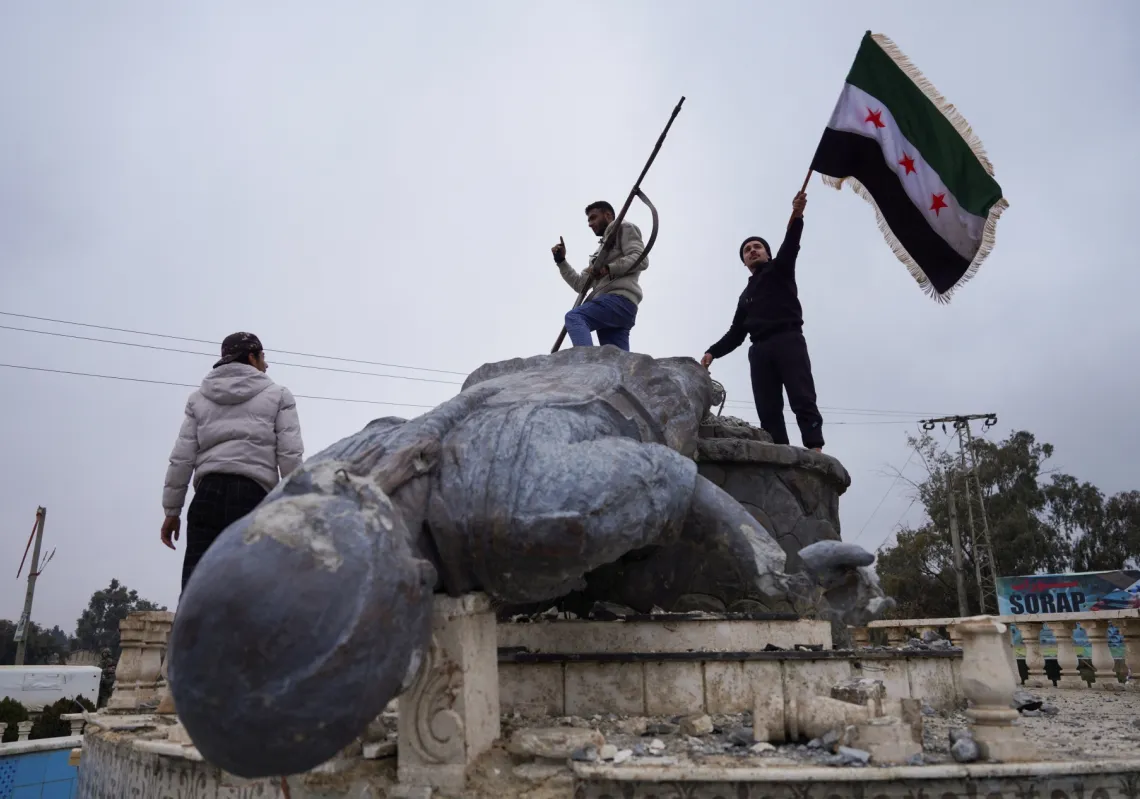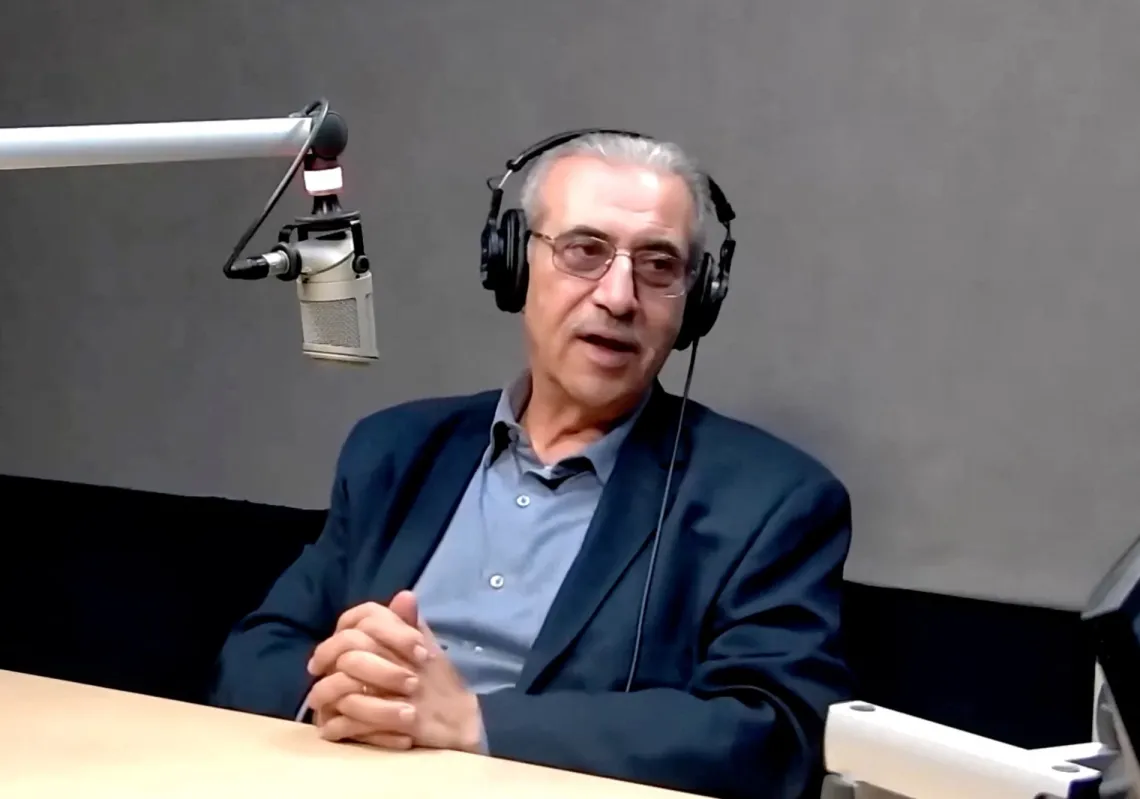Ali Surour has an orchard with 80 olive trees in Aita Al-Shaab in southern Lebanon. The olives usually produce around 100 litres of oil each season, but not this year.
“They've either been damaged by the shelling or contaminated by phosphorus bombs,” he says. “I couldn’t muster the courage to harvest them.”
He is not alone. Neighbours all have similar problems. Just as harvesting season was about to begin, war broke out. “It forced us to forsake our livelihood,” says Ali.
“The full extent of the damage remains unknown until we can return.” When that will be, he cannot say.
The Crisis Evidence Lab at Amnesty International recently unveiled footage showing the deliberate targeting of Aita Al-Shaab with white phosphorus since 10 October.
Israel, preparing its troops and reservists for a massive ground offensive in Gaza, was desperate to prevent a ‘second front’ opening against Hezbollah in the north.
As Ali and others can attest, it did all it could to prevent this, including “scorching the earth” — quite literally.

The National Early Warning Platform, under the auspices of the National Council for Scientific Research, documented 2,447 Israeli assaults on southern Lebanon between the Hamas attacks on 7 October 2023 and 1 January 2024.
During this period, the Israeli military is reported to have burned 800 hectares of land. Its use of phosphorus – one of the most dangerous weapons on the planet – is particularly egregious. The land and soil will take years to recover.
Olives and cemeteries
Three months ago, as the bombs started falling, Ali and his sister rented an apartment in the village of Kaouthariyet El Saiyad, near the city of Sidon.
Residents are prohibited from returning to their village, so Ali and his sister cannot fully assess their own land. They can only go back home for funerals. “I can briefly check on the land due to its closeness to the cemetery,” he says.
Ali is upbeat. He knows others have it worse. “Countless farmers endure catastrophic losses, particularly in tobacco cultivation,” he explains.
“Our village economy hinges on tobacco. Farmers tend to their tobacco nurseries in December and January. That’s impossible now due to displacement. Even if we weren’t displaced, everyone warns us about the dangers of soil contamination.”
For Moussa Toubah, displaced from the village of Aitaroun, conditions are not good. Living with four other families in the town of Zrariyeh, near Sidon, is not viable.
















